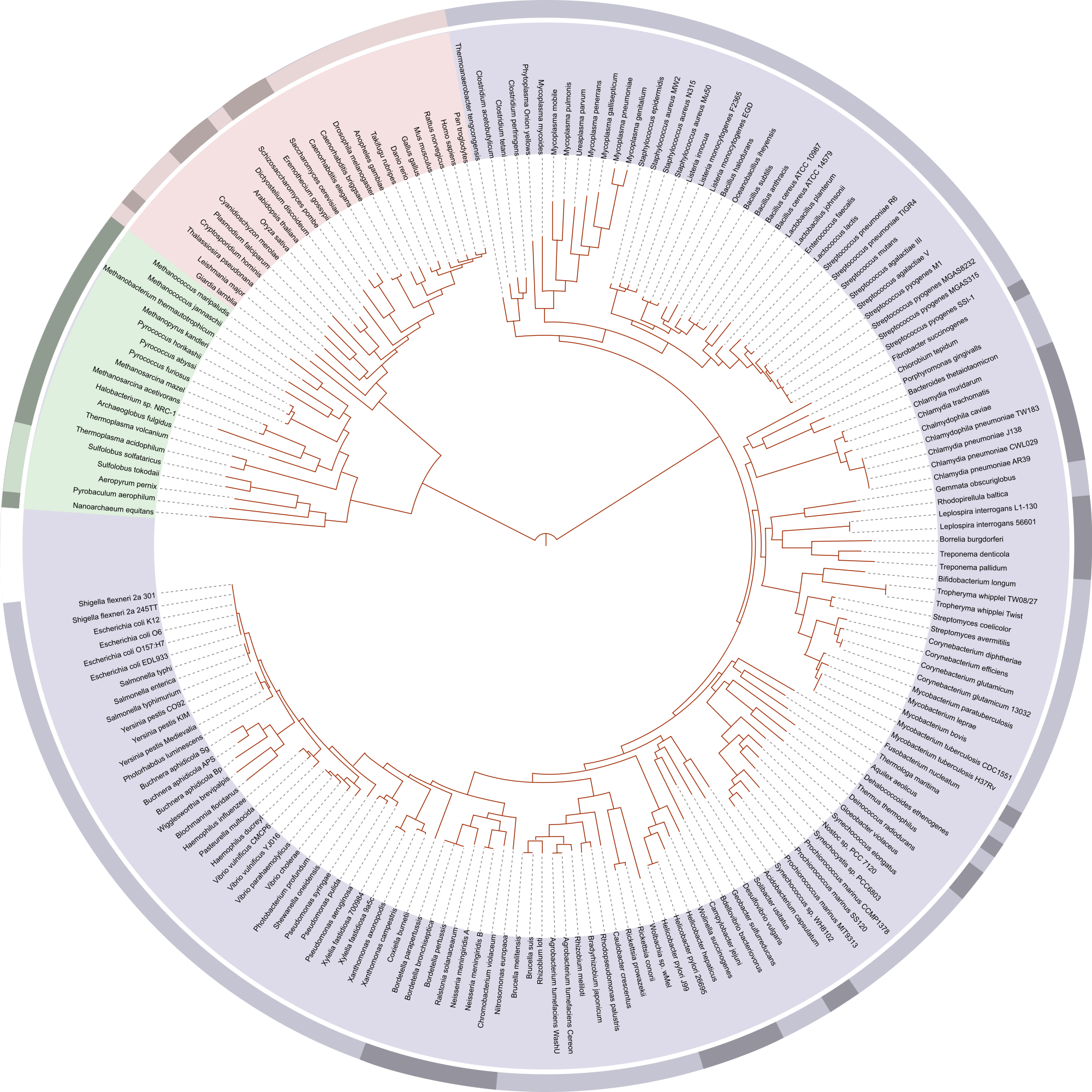Week 10 – Genetics

This module was designed in collaboration with Dr. Kim Dej (School of Interdisciplinary Science) and Mr. Ryan Belowitz (School of Interdisciplinary Science). It has been adapted by Dr. Ana Tomljenovic-Berube (lead), Mr. Ryan Belowitz and Ms. Noella Noronha (2020).
Module Overview
In this Genetics Module, we will investigate how model organisms can be used to identify and study genes that impact aging, and introduce you to the field of bioinformatics (using computational methods to gain insight into biology through the analysis of biological data). The lecture will introduce you to the bioinformatics tools that are used by researchers to identify and understand how these genes impact aging. In the lab, you will be assigned an age-related gene from a model organism. You will use online databases and bioinformatics tools that are freely available to research your gene and model organism, obtain the protein sequence of your assigned gene, identify homologous protein sequences in other organisms, and construct a protein sequence alignment. The TA will be available to assist and answer questions. In the tutorial, you will complete a case study investigating the big impacts that small variations in genetic sequences can have.
Learning Objectives
By the end of this module, students should be able to:
- Recall relationships between gene/protein structure and function.
- Use the BLAST tool and other electronic databases to obtain gene/protein sequences.
- Compare protein sequences with other homologous sequences using Clustal Omega to identify the presence or lack of conserved sequences.
- Interpret and infer how genes and their respective mutations affect organism longevity.
Missed work
If you miss the lab, tutorial or any work associated with this module, here are the details on accommodations.

